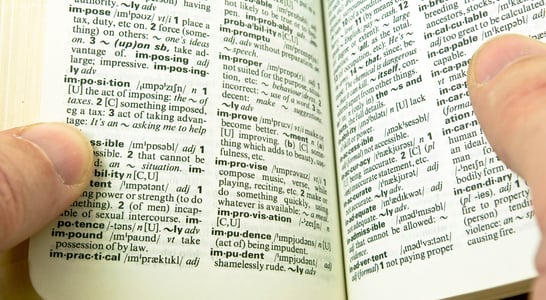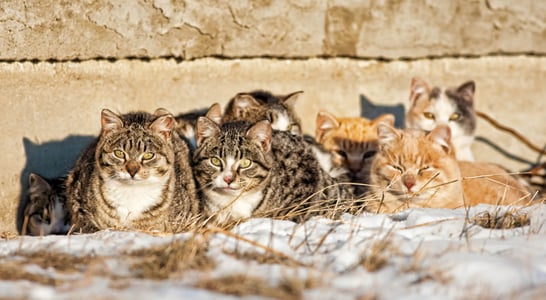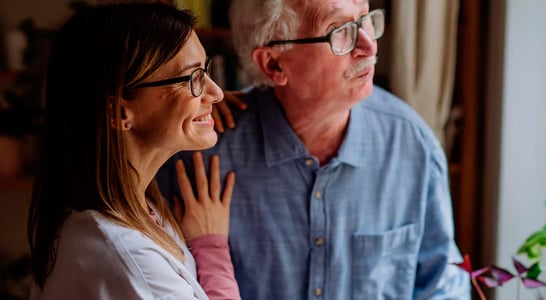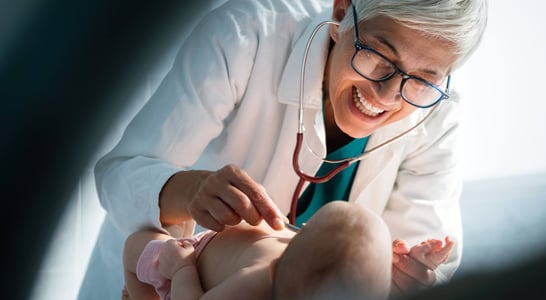
World Anesthesia Day
World Anesthesia Day highlights a major step in medical care—the use of anesthesia to block pain during surgery.
It changed how doctors operate and how patients recover. Surgery became safer. People stopped fearing the pain more than the procedure. The day reminds us that anesthesia is not just helpful—it’s essential.
It also points to the people behind it. Anesthetists monitor every heartbeat, every breath. They work during surgeries, in emergency rooms, and in critical care units.
Without them, many treatments wouldn’t be possible. The day draws attention to the need for safe anesthesia everywhere, not just in well-equipped hospitals.
How to Celebrate World Anesthesia Day
World Anesthesia Day gives everyone a chance to learn and show support for the people behind safer surgeries.
Here are a few ways to take part, whether you’re at home, online, or in a hospital waiting room.
Watch a Short Documentary
Find a short film that explains how anesthesia works. Choose one with real stories and clear visuals. Share it with friends.
It’s a quick way to learn something important while staying engaged.
Thank a Medical Professional
Write a short note to an anesthetist if you’ve ever had surgery. Drop it off at a nearby hospital or clinic. A simple thank-you makes a difference.
Most people don’t realize how much these professionals do until they need them.
Share on Social Media
Post a fact about anesthesia that surprised you. Use a clear image or a simple video to catch attention. Keep the post short.
Let others know why this work matters. Use the right tags to spread the word further.
Read a Personal Story
Look up real-life stories from people who’ve had surgery. Choose one with strong emotion or a surprising turn.
Reading first-person experiences helps us understand how far medical care has come.
Host a Mini Quiz
Set up a short quiz at your school, workplace, or even online. Keep it fun, with just a few questions. Offer a small prize or public shout-out.
It gets people thinking and talking—and that’s the whole point.
History of World Anesthesia Day
World Anaesthesia Day has roots in a landmark medical breakthrough. It remembers the very first public use of ether to block pain during surgery.
That moment took place at Massachusetts General Hospital in Boston in October 1846.
Dr. William T. G. Morton led the demonstration. A surgeon named John Collins Warren removed a tumor painlessly from a volunteer patient.
People watched and realized how surgery could transform care. That success inspired medical teams worldwide to adopt anesthesia.
Formal observance began in the early 1900s. Medical societies recognized that the event deserved a yearly nod. The World Federation of Societies of Anaesthesiologists (WFSA) took steps.
They declared it a global day to engage professionals and the public. Since then, over 130 national anesthesia groups have marked the date around the world.
This event honors many pioneers beyond Morton. People like Crawford Long used ether in Georgia to ease pain before the wider spread.
Others, like James Young Simpson in Scotland, introduced chloroform for childbirth soon after. Their work expanded options for safe anesthesia use.
Today, WFSA highlights new themes each cycle. Past focuses included teamwork, safety in cancer care, and provider wellbeing.
These themes help shine attention on not just past milestones but current challenges. The day now supports training, access, and quality in anesthesia everywhere.
Also on ...
View all holidaysGlobal Cat Day
Cats seem to rule our lives on a daily basis, and we love them for it. Global Cat Day is all about embracing these mischievous, yet adorable fur-babies.
National Dictionary Day
Challenge and broaden your vocabulary on World Dictionary Day. If you don’t own one already, purchase a dictionary and learn some new words to describe the world.
National Boss’ Day
Being the boss comes with its own set of problems and obstacles. Give your boss a thank-you card, gift, or just stop in to thank them for their hard work.
National Feral Cat Day
Volunteer or donate to an organization helps feral cats, keeping them from dangers such as euthanasia programs, predators, and overpopulation.
We think you may also like...
National Nurse’s Week
Give a big thank-you to the hard-working, often under-paid medical professionals who keep hospitals, rehab centers, nursing homes and hospice care running.







